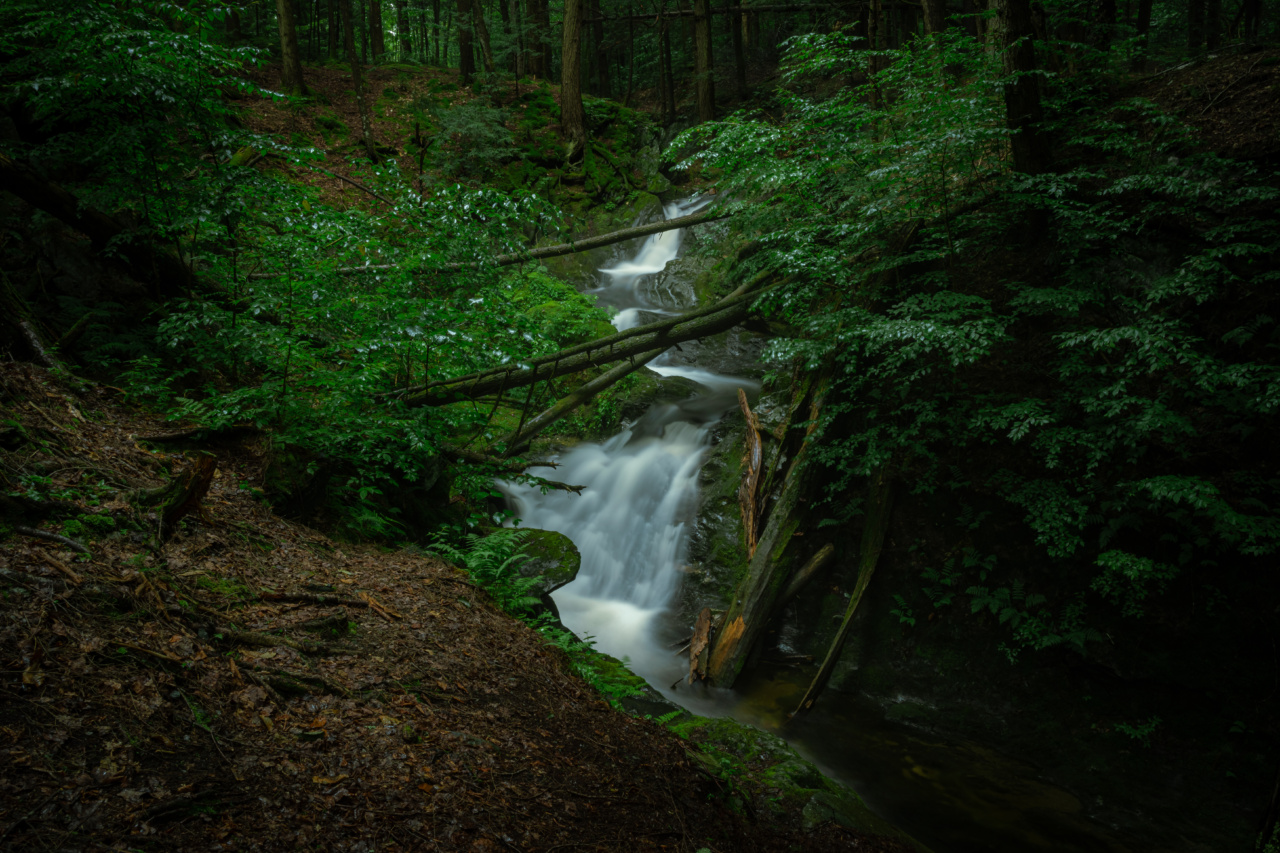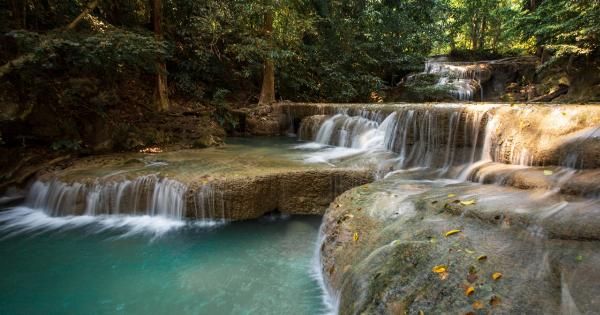Waterfalls are breathtaking natural phenomena that have captivated humans for centuries. The sight of water cascading down a cliff or rocky ledge is both awe-inspiring and soothing.
In this article, we will explore everything you need to know about waterfalls, from their formation to the different types and their significance in various cultures around the world.
Formation of Waterfalls
Waterfalls are formed when a river or stream flows over a steep vertical drop in elevation. This sudden change in gradient creates a cascading effect as the water falls down the cliff or rocky ledge.
Various factors contribute to the formation of waterfalls, including the type of rock, the shape of the landscape, and the volume of water flowing through the river or stream.
Most waterfalls are formed through erosional processes, where the constant flow of water gradually erodes the underlying rock layers.
Over time, this erosion forms a plunge pool at the base of the waterfall, which further enhances the beauty and power of the cascading water.
Types of Waterfalls
Waterfalls can be classified into different types based on their shape, size, and characteristics. Here are some of the most common types:.
1. Plunge Waterfalls
Plunge waterfalls are the most classic type of waterfall, characterized by water free-falling vertically with minimal contact with the underlying rock.
2. Horsetail Waterfalls
Horsetail waterfalls have a single unbroken stream of water that maintains contact with the rock as it falls.
3. Tiered Waterfalls
Tiered waterfalls are formed when a river or stream encounters multiple layers of rock with varying degrees of hardness. The water cascades down these layers in a series of steps or tiers.
4. Curtain Waterfalls
Curtain waterfalls occur when the water spreads horizontally as it falls, creating a thin curtain-like appearance.
5. Punchbowl Waterfalls
Punchbowl waterfalls are characterized by the presence of a plunge pool at the base, which resembles a large bowl-shaped depression.
6. Segmented Waterfalls
Segmented waterfalls feature multiple channels of water flowing side by side, creating a segmented appearance.
Waterfalls Around the World
Waterfalls can be found in various parts of the world and hold significant importance in different cultures. Let’s explore some iconic waterfalls:.
1. Angel Falls, Venezuela
Angel Falls in Venezuela is the highest uninterrupted waterfall globally, with water free-falling over 979 meters (3,212 feet) from the Auyán-tepui mountain.
2. Victoria Falls, Zambia/Zimbabwe
Victoria Falls, located on the Zambezi River between Zambia and Zimbabwe, is one of the largest and most spectacular waterfalls on Earth.
3. Iguazu Falls, Argentina/Brazil
Iguazu Falls, shared by Argentina and Brazil, is a system of stunning waterfalls surrounded by lush rainforests, forming one of the most breathtaking natural wonders.
4. Niagara Falls, USA/Canada
Niagara Falls, bordering the United States and Canada, is famous for its sheer volume of water and mesmerizing beauty, attracting millions of visitors each year.
5. Plitvice Lakes National Park, Croatia
Plitvice Lakes National Park in Croatia is renowned for its series of cascading lakes and waterfalls, creating a picturesque and tranquil landscape.
Significance of Waterfalls
Waterfalls hold cultural and spiritual significance in many societies. They are often considered symbols of power, purity, and renewal. Waterfalls feature prominently in mythology, folklore, and religious rituals across different cultures.
In some cultures, waterfalls are seen as sacred sites and believed to possess healing powers. People visit waterfalls for spiritual cleansing, meditation, and rejuvenation.
The calming sound of flowing water and the negative ions generated by waterfalls are believed to have a positive impact on mental and physical well-being.
Waterfalls also play a vital role in the ecosystem. They provide habitats for unique flora and fauna, contributing to biodiversity preservation.
Additionally, waterfalls play a vital role in the water cycle, replenishing groundwater reserves and supporting the flow of rivers and streams.
Conclusion
Waterfalls are not only mesmerizing natural wonders but also hold cultural, spiritual, and ecological significance. From their formation to the various types found worldwide, there is much to explore and appreciate about these breathtaking phenomena.
Whether you seek adventure, tranquility, or a deeper connection with nature, visiting a waterfall can be an awe-inspiring experience.































